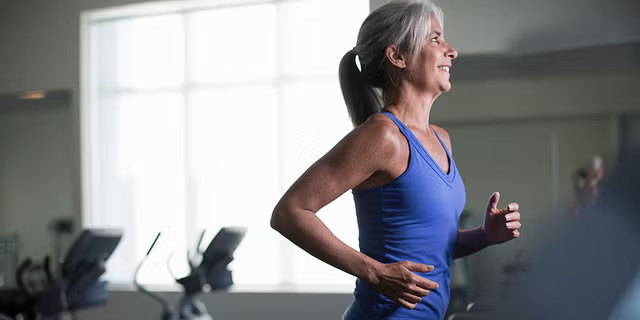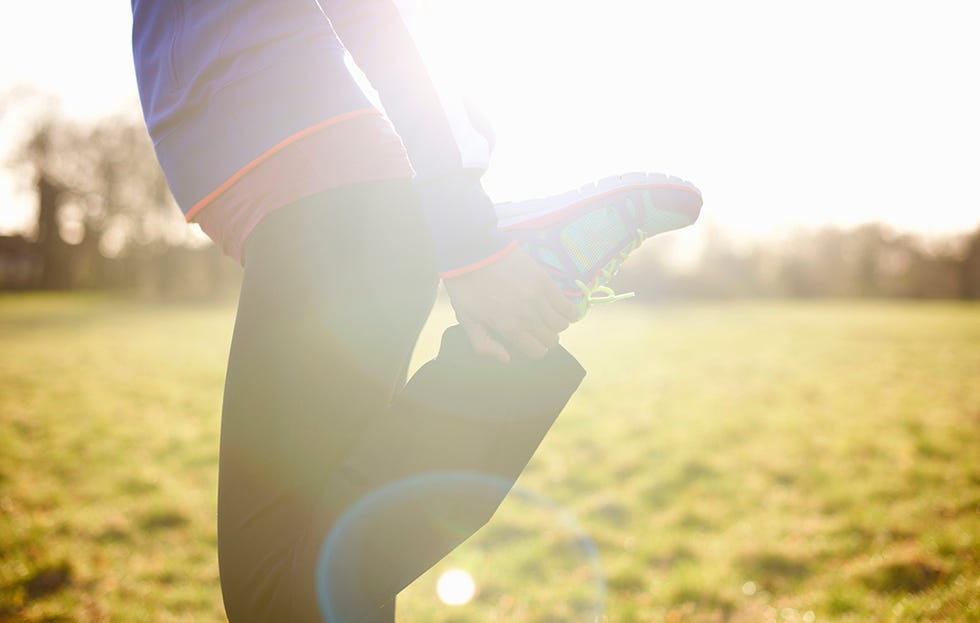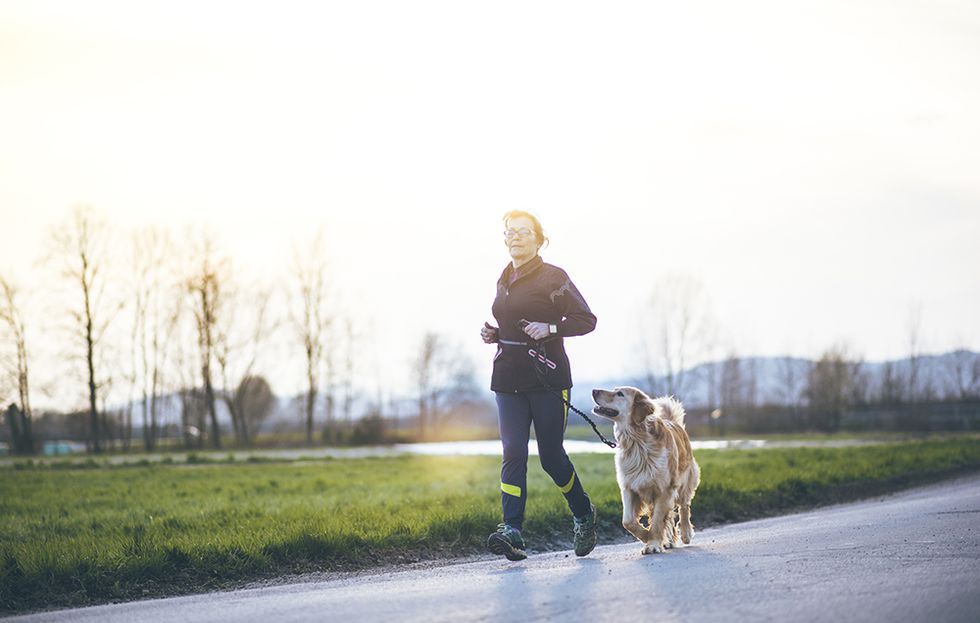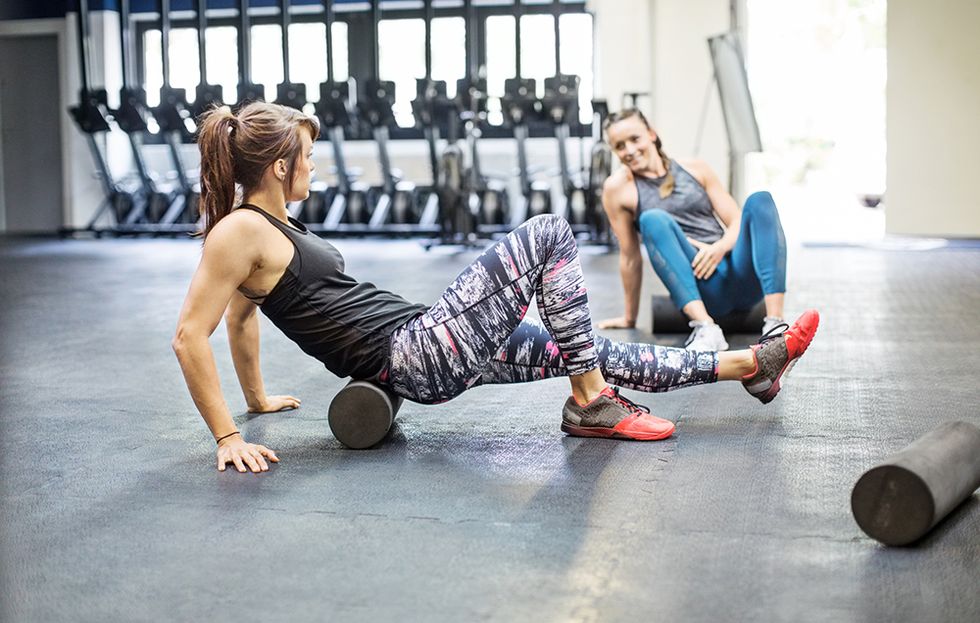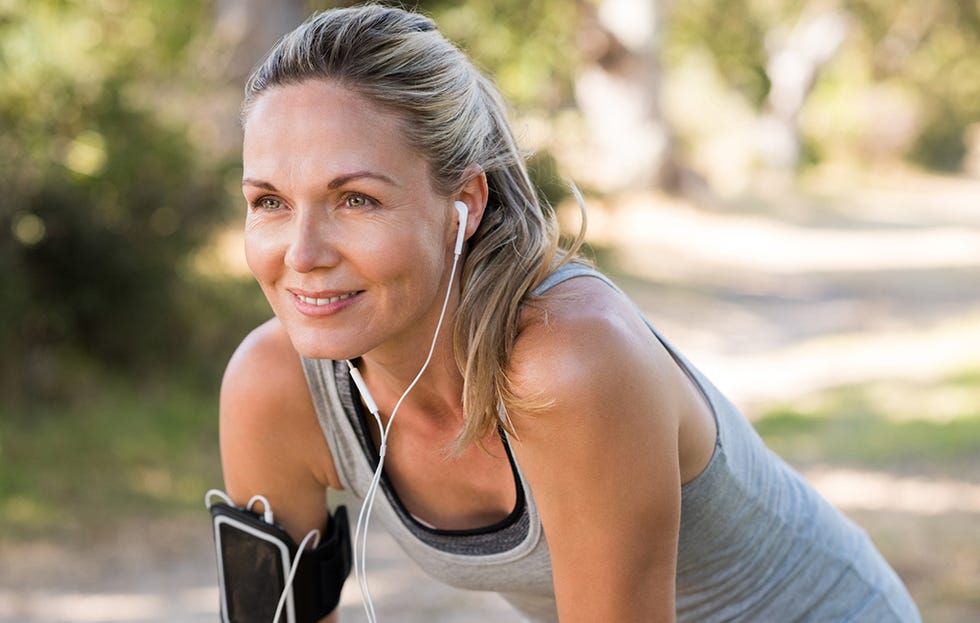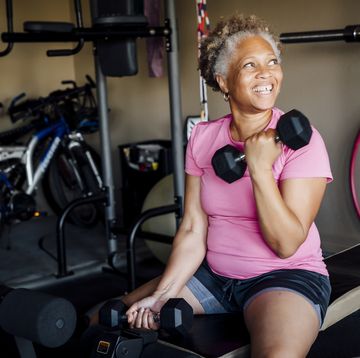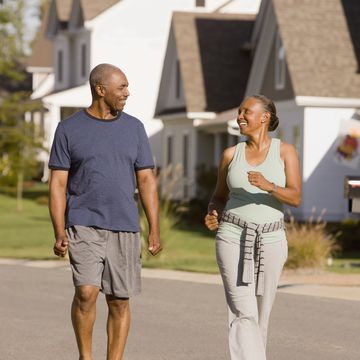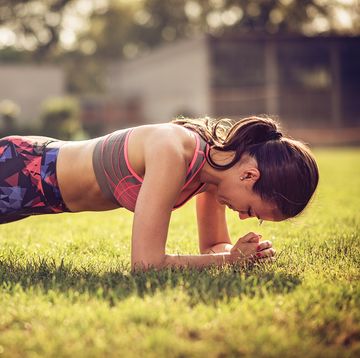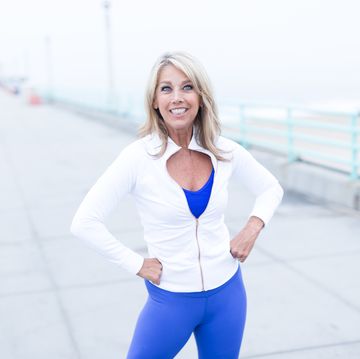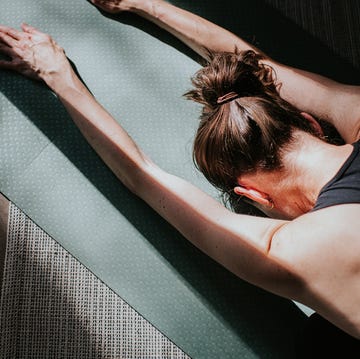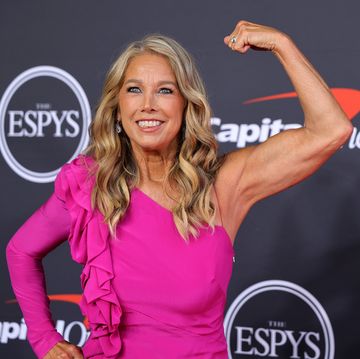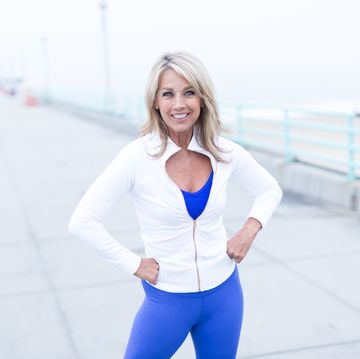3 Ways Running Changes After You Turn 40—And 3 Ways It Doesn't
Bobbie Walters was 31 years old when she started running. She was living in Miami at the time and her sister, who lived in Arizona, was about to have a baby. "Our mom called me with the news that my sister was in labor and I was so excited, nervous, and overwhelmed, I didn't know what to do," she says. “So I went for a run.” This was something she literally had never done before.
MORE: I Tried 6 Different Running Bras So You Don't Have To—This Was The Best One
The next day, Walters had a new nephew—and a new hobby. "I felt so wonderful after that first run, I woke up and ran a few miles the next day," she said. Walters, now 70 and living in Scottsdale, Arizona, has run four miles every morning ever since. And while she says in many ways her runs feel the same as always, there have also been some changes as she ran her way through her 40s, 50s, and 60s.
(The 21-day plan in Love Your Age is the life-changing reset every 40+ woman needs!)
Khaled J. Saleh, MD, an orthopedic surgeon at the Detroit Medical Center, says this is common, and something people shouldn't ignore. "Knowing how your running might change as you get older can help you prevent injury and even maintain peak performance," Saleh says.
Here, Saleh and Walters share some of the ways running changes—as well as how it stays the same—after 40:
Watch Next


13 Exercises That Burn the Most Calories

Denise Austin Shares 3 Moves You Can Do ‘Anytime’
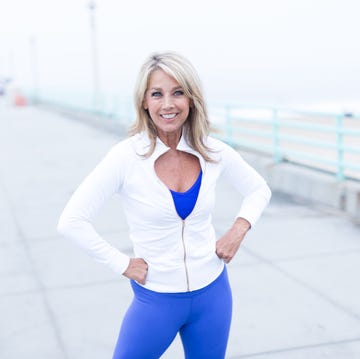
Denise Austin Demonstrates ‘Lower Belly’ Move
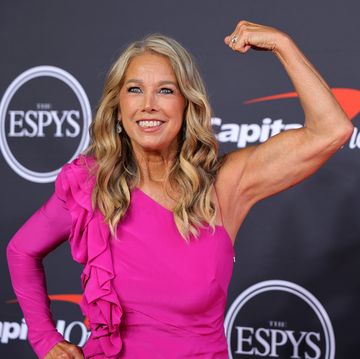
Denise Austin Shares Tips for ‘Strong’ Legs
